13 poisonous plants that many people have in their homes
Any cozy home is incomplete without indoor plants. They not only decorate the premises, but also perform the important task of purifying the air and enriching it with oxygen.
But we should not forget that some house flowers are not safe, as we used to think of them. I will talk about 13 common indoor plants that pose a direct danger to human health.
The content of the article
Dieffenbachia
A very impressive appearance, which is provided by thick succulent stems bearing a cap of large variegated leaves. The tree sometimes reaches 2 m in height, but the lower part of the trunk can gradually become bare, which is why the flower loses its decorative aesthetics.
Dieffenbachia is very toxic. Its juice is extremely poisonous. It causes a skin disease called dermatitis. The reason for this is the content of sharp calcium oxalate crystals and/or enzymes. The plant is not recommended to be placed in children's rooms, or in places where children or animals can easily reach. Due to the action of the strong poison, a burn occurs in the throat and skin, which manifests itself in a matter of seconds.

Spurge
In fact, this is not one plant, but a whole genus, in which there are more than 1 thousand species. But they all contain a caustic milky sap (where, in fact, the name comes from), which, released from the leaves and stem, harms the skin of people and animals.Upon contact, it can cause severe allergic reactions. Symptoms usually begin within one hour. The culprit is the substance euphorbine, contained in the juice of an indoor flower.
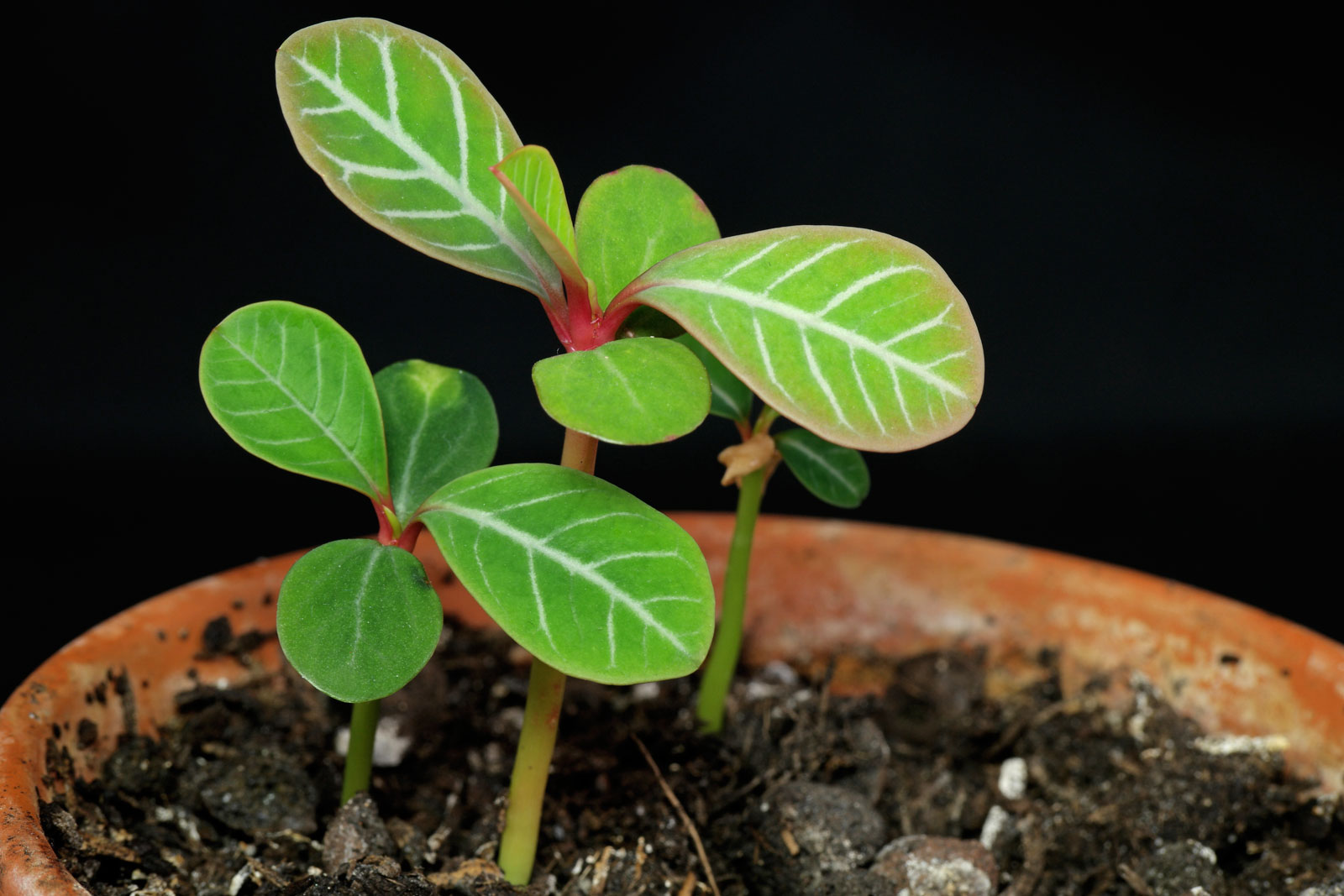
Monstera
Has poisonous leaves. Similar to Dieffenbachia, in the intercellular spaces there are formations of calcium oxalate (in other words, raphida), which, in contact with the mucosa, cause a sharp and strong toxic reaction. If you mistakenly chew the leaves or stem of monstera, it will cause severe poisoning. Typical symptoms:
- loss of sensation in the mouth and larynx;
- swelling;
- loss of voice;
- swallowing disorder.
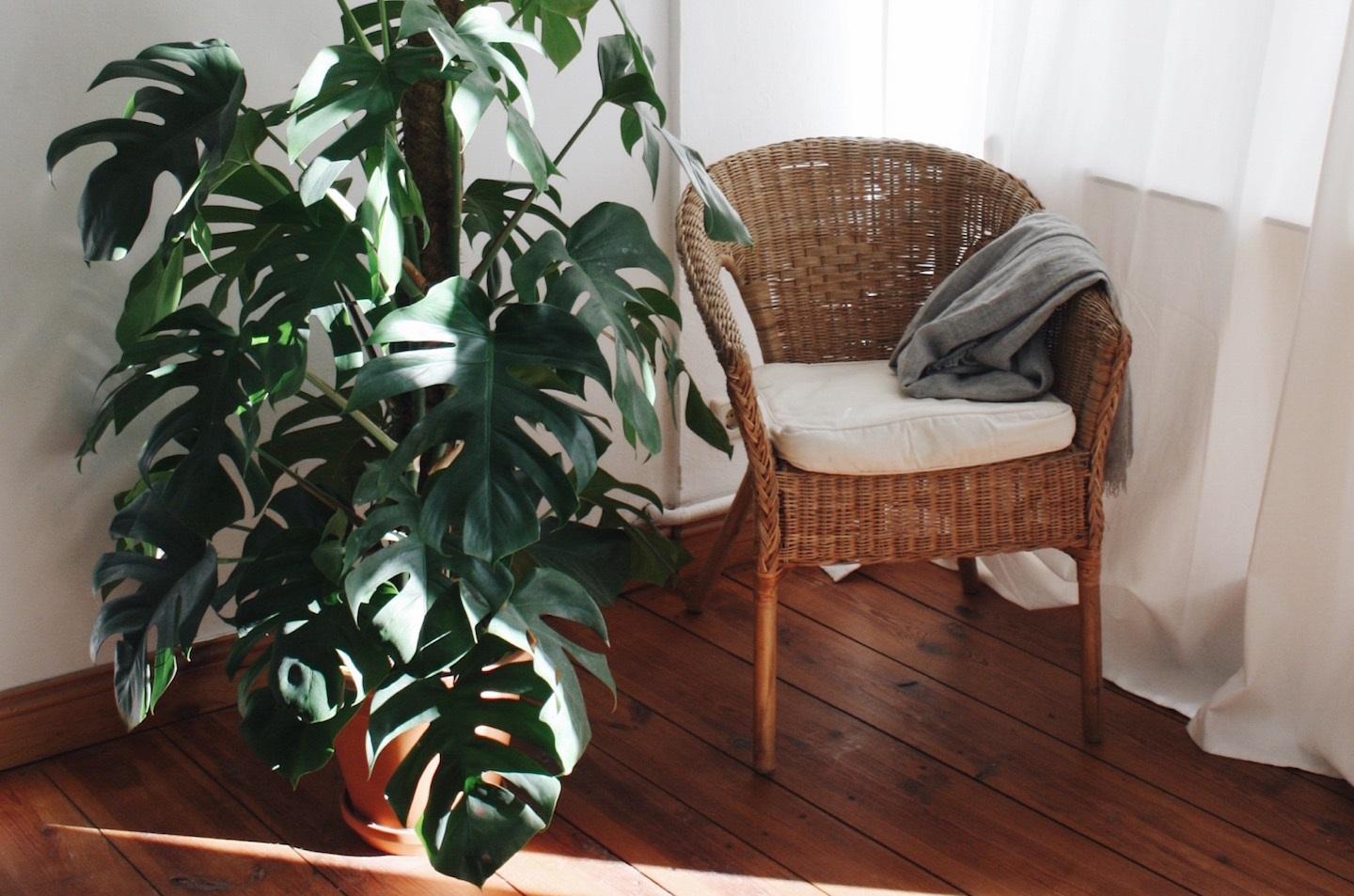
Croton
This spectacular and bright beauty is part of the Euphorbiaceae family, and therefore it is not surprising that it is on the list. The danger that lurks in croton is that its juice and seeds are toxic and can cause allergies or skin burns. If the poison gets into the gastrointestinal tract, it will provoke vomiting and upset, pain and bowel dysfunction. If the juice enters the bloodstream through the affected areas of the skin, then at best this will lead to urgent hospitalization, and at worst – to death. For this reason, the potty should be placed away from children and animals.
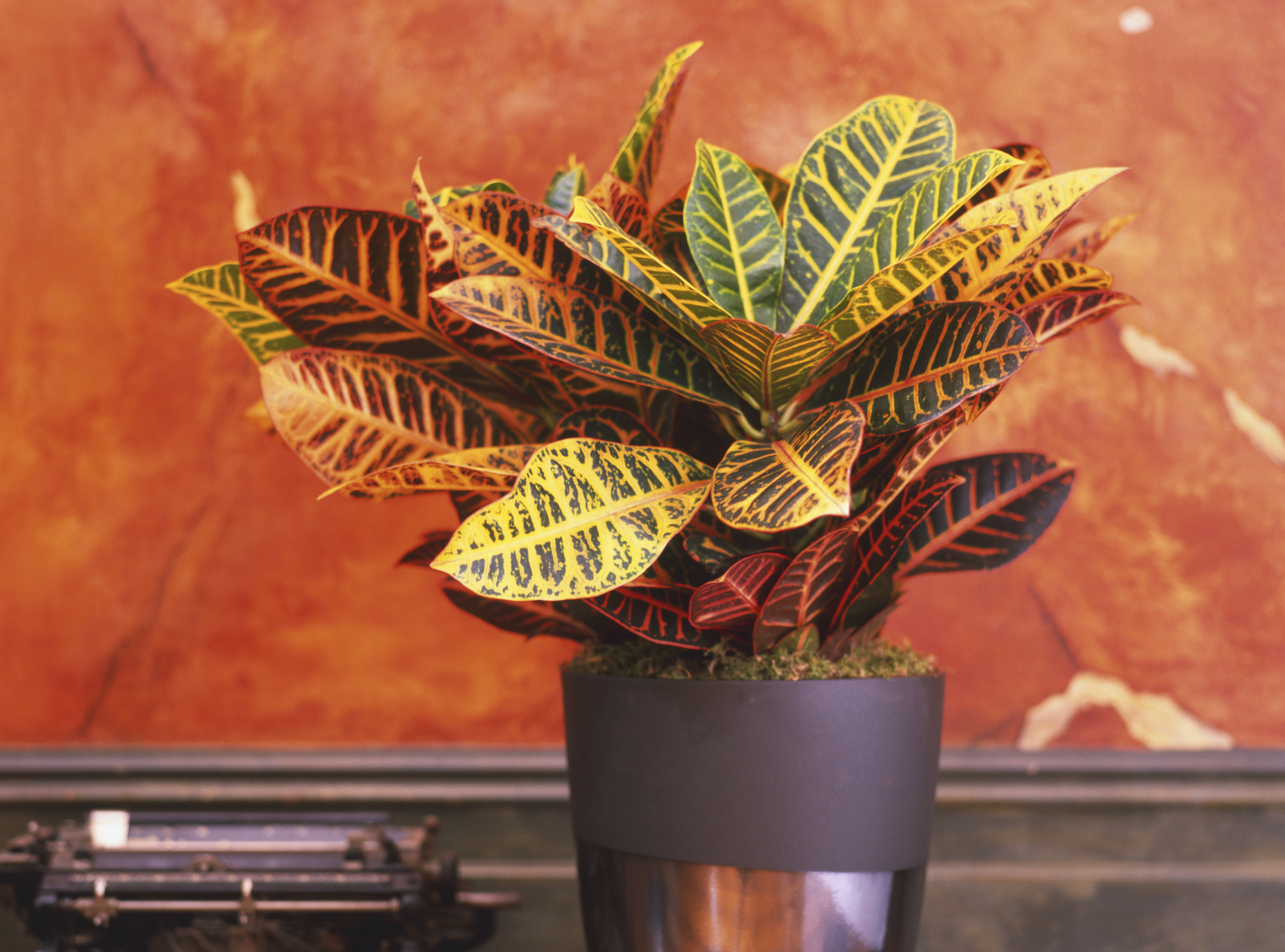
Azalea
It is ideal for the art of bonsai; it pleases with a wide palette of shades of flowers. BUT! It contains andromedotoxin, a neurotoxin of plant origin. It has an intoxicating and paralyzing effect, disrupting the normal functioning of cell receptors. The juice of the leaves is very poisonous: if it gets on the mucous membrane or in the stomach, it causes poisoning, severe malaise, vomiting and convulsions.
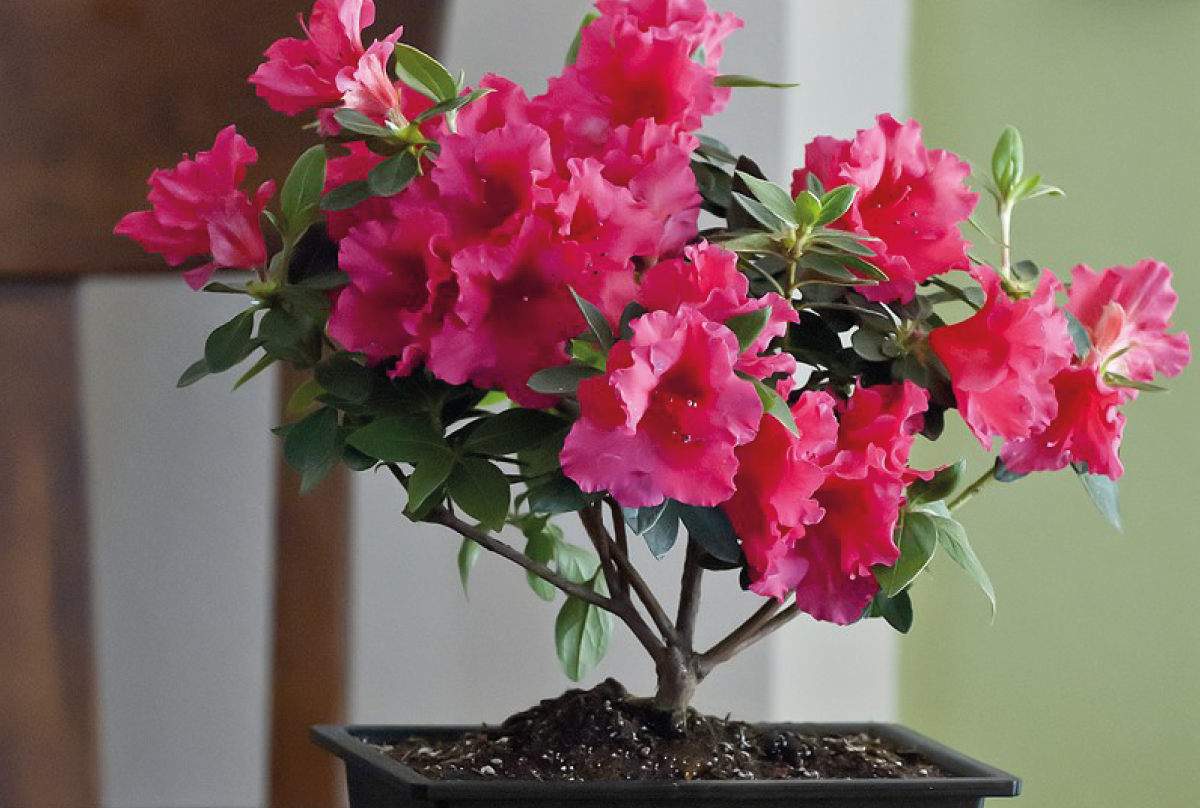
Adenium
The toxin is contained in all parts of this succulent, but the greatest accumulation is in the milky sap.Penetrating deep into the skin and mucous tissues, it reaches the bloodstream, and then causes severe intoxication of the entire body. When working with the plant, microburns appear on the skin, so gloves are required for any contact with adenium!
Today, African tribes use adenium juice to poison arrowheads.
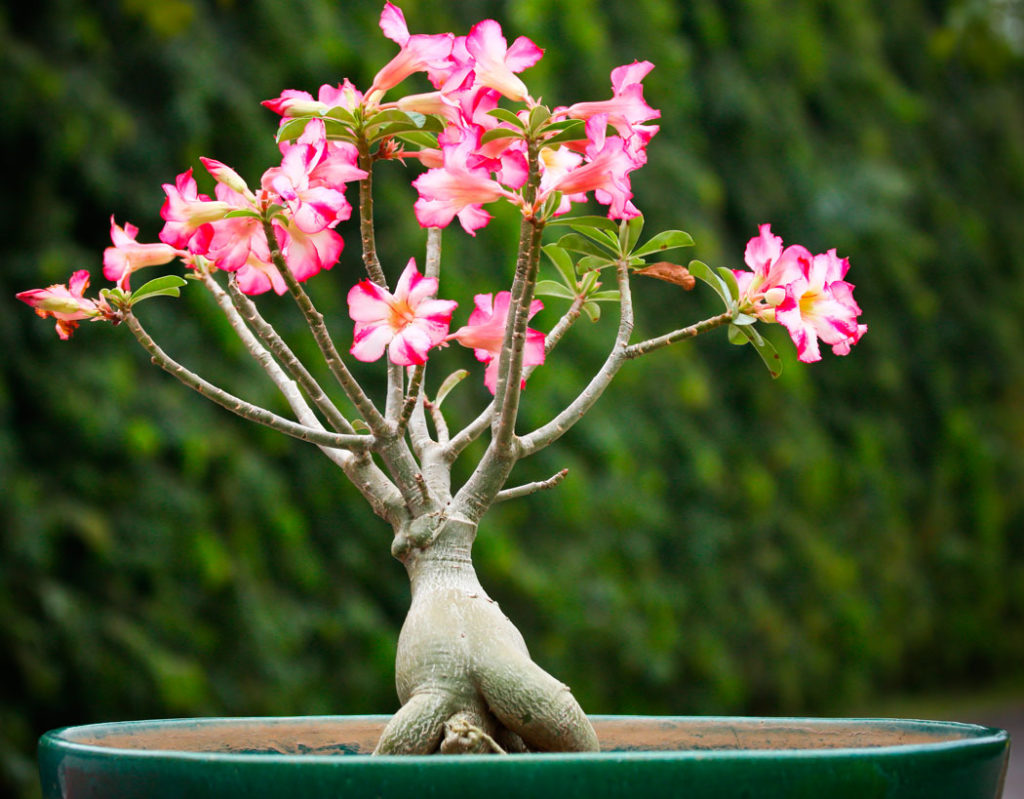
Mimosa bashful
An amazing property that gave the plant its name is its ability to curl its leaves in response to touch. In addition, scientists have discovered that the flower can “remember” the characteristics of each contact and, if it does not pose a threat, will not fold its foliage.
However, if outwardly the bashful mimosa really does not cause concern, then its “abilities” may cause some concern. Its distinctive feature is its reaction to a potential threat. If the roots of a plant are damaged, a whole “cocktail” of toxic substances is released: methanesulfonic, lactic, pyruvic acids, as well as sulfur compounds. Often this is what causes poisoning of livestock in the pasture, since mimosa pudica can grow in nature.
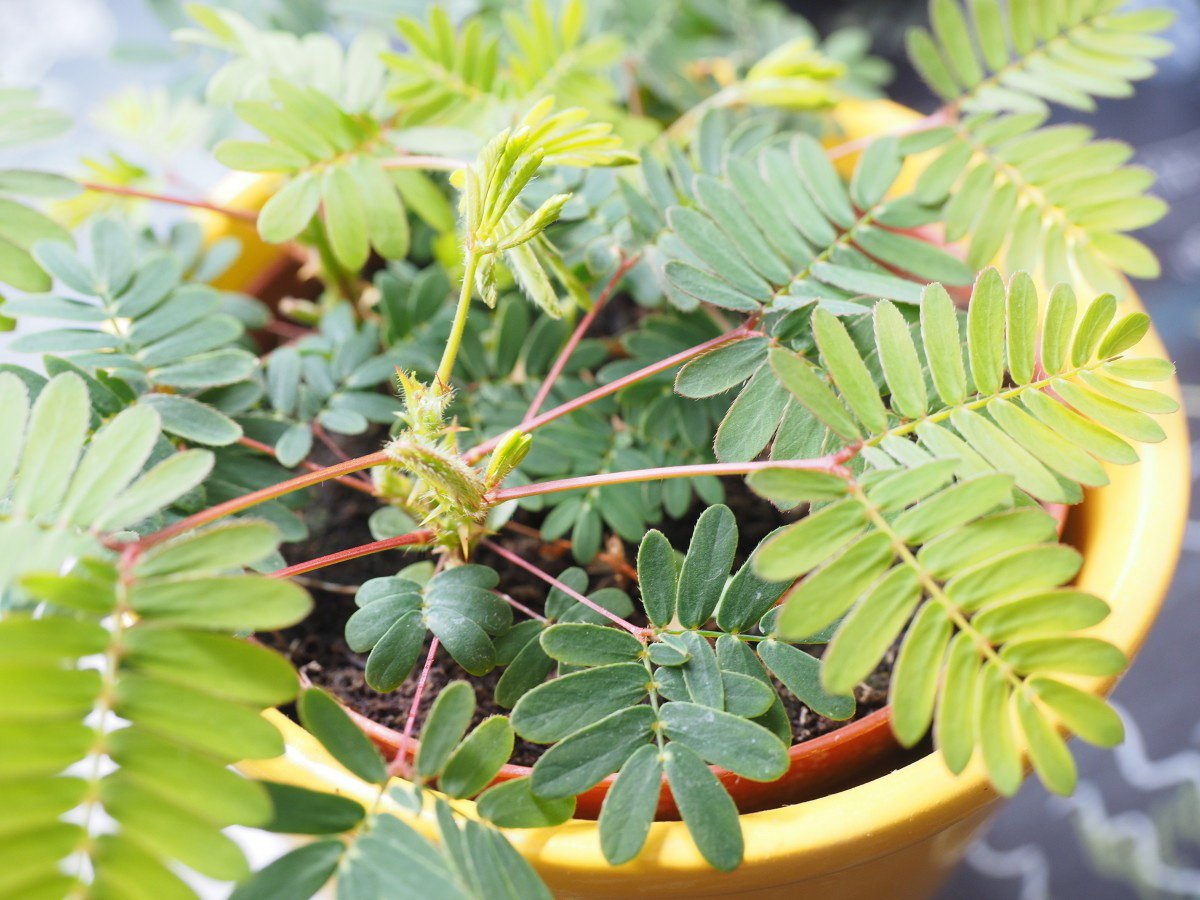
Aglaonema
The plant itself does not produce poison, and the juice and fruits are considered dangerous. The caustic substances it contains cause skin irritation and burns to the mucous membranes. When transplanting, it is strictly recommended to wear gloves, avoid contact with the mucous membranes of the mouth and eyes, and wash your hands thoroughly after completion.
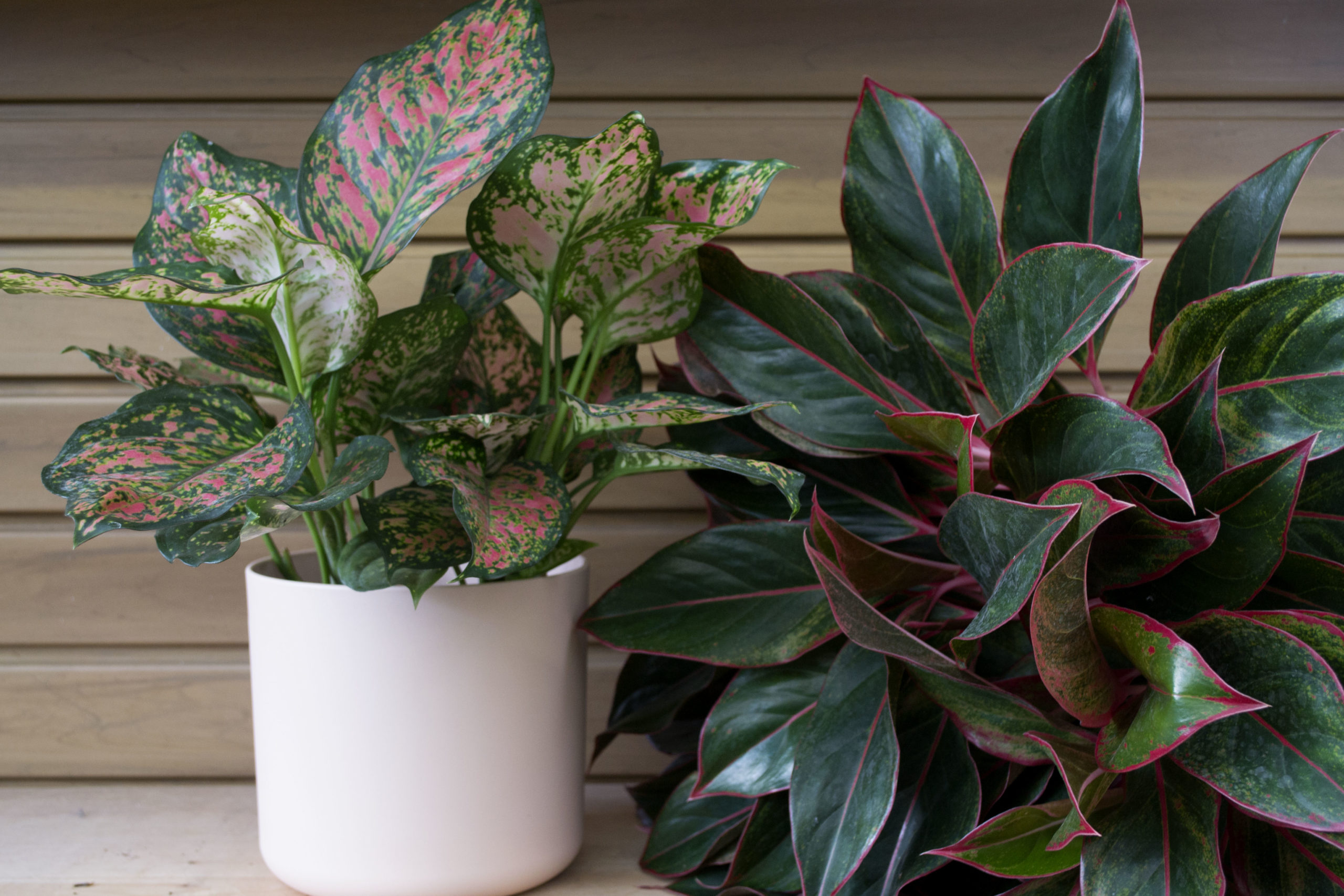
Alocasia
The rhizome of the plant is especially dangerous. Although edible, some varieties contain toxic crystals that cause loss of sensation, swelling of the tongue/throat, and resulting choking.
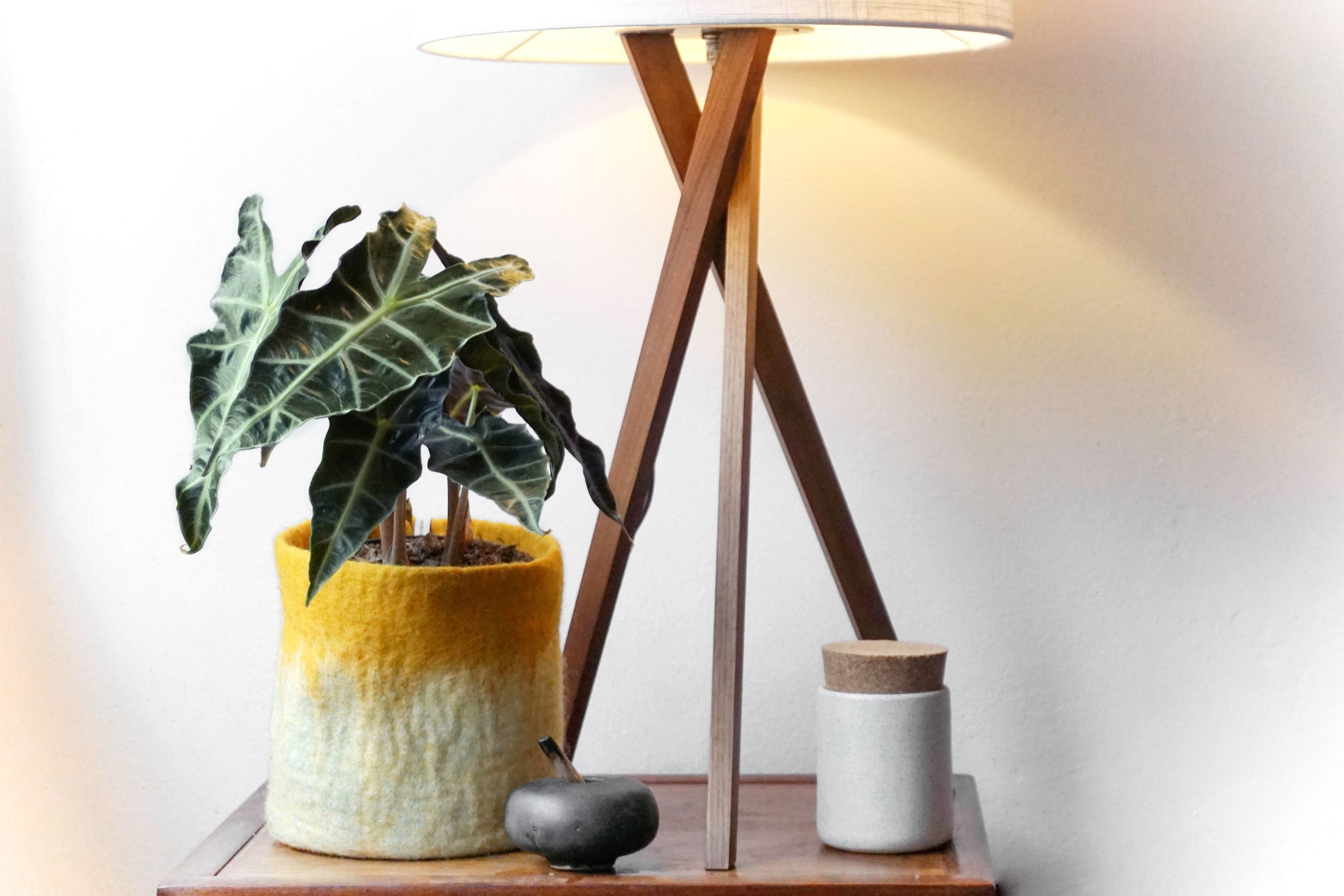
Cyclamen
The tubers contain a poison similar to curare.The latter is used to lubricate arrows and hit the enemy. Cyclamen is an unusually beautiful flower by its nature, but it must be kept in the house with extreme care.
It is noteworthy that cyclamen poison is also used for treatment. It is used for inflammation, colds, sinusitis, sinusitis, rheumatism, gout, gynecological problems, sleep disorders, neurosis, depression. And if you do it correctly, the plant really has benefits for the body. However, such medications require caution. If you consume the juice undiluted, you can get poisoning, dizziness, vomiting, headache and other unpleasant consequences, including pulmonary edema.
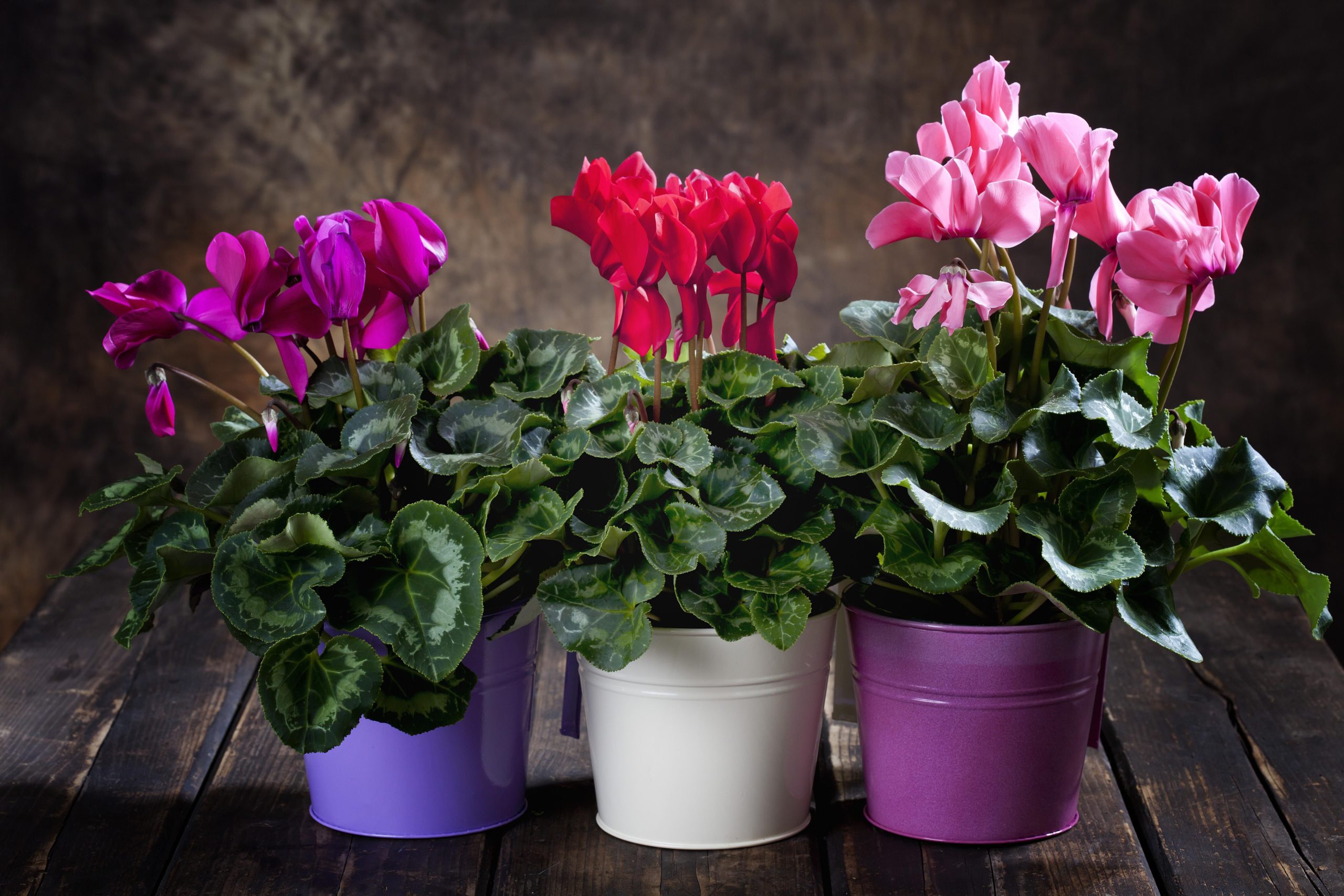
Clivia
The roots of the flower are extremely toxic due to the presence of a number of alkaloids, of which the most famous is lycorine. It is characteristic of many representatives of the Amaryllis family. At best, contact with the poison will cause vomiting and upset. And at worst - paralysis, drop in blood pressure and deterioration of blood supply to vital organs.
Browallia
The nightshade family, which, in fact, explains everything. It is a small shrub that blooms with beautiful purple, azure and white flowers. All parts of brovalia contain poison that has a negative effect on the body if it gets inside or onto the mucous membrane. Children and pets are often at risk (because they are too curious and manage to taste the bush), so it is very important to keep the plant in a hard-to-reach place.
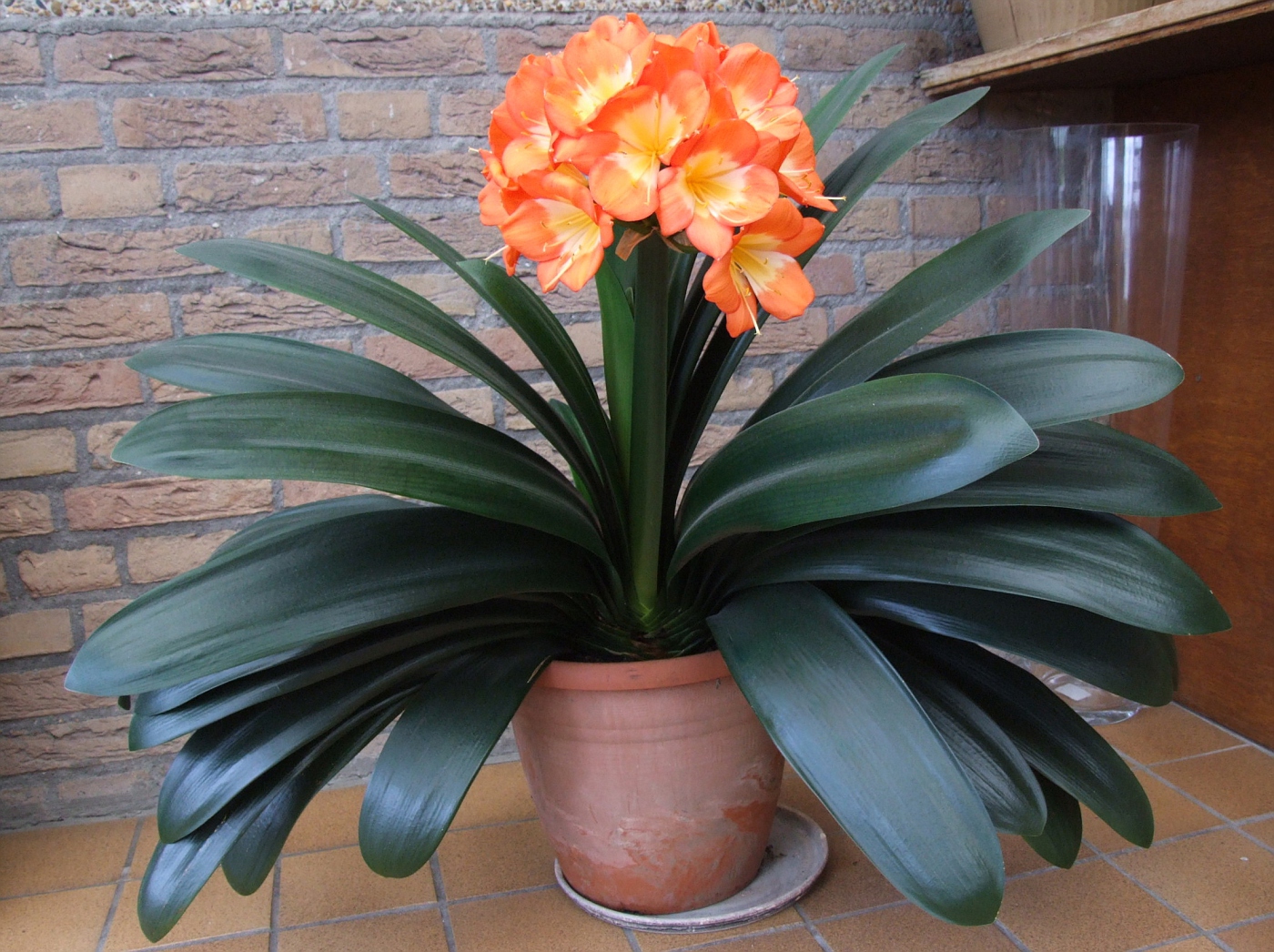
Scheffler
Aboveground and underground parts of the bush are poisonous. Its juice can cause irritation and rash on the skin. In addition, it is highly not recommended to place it next to other indoor flowers, especially if their leaves are in contact.
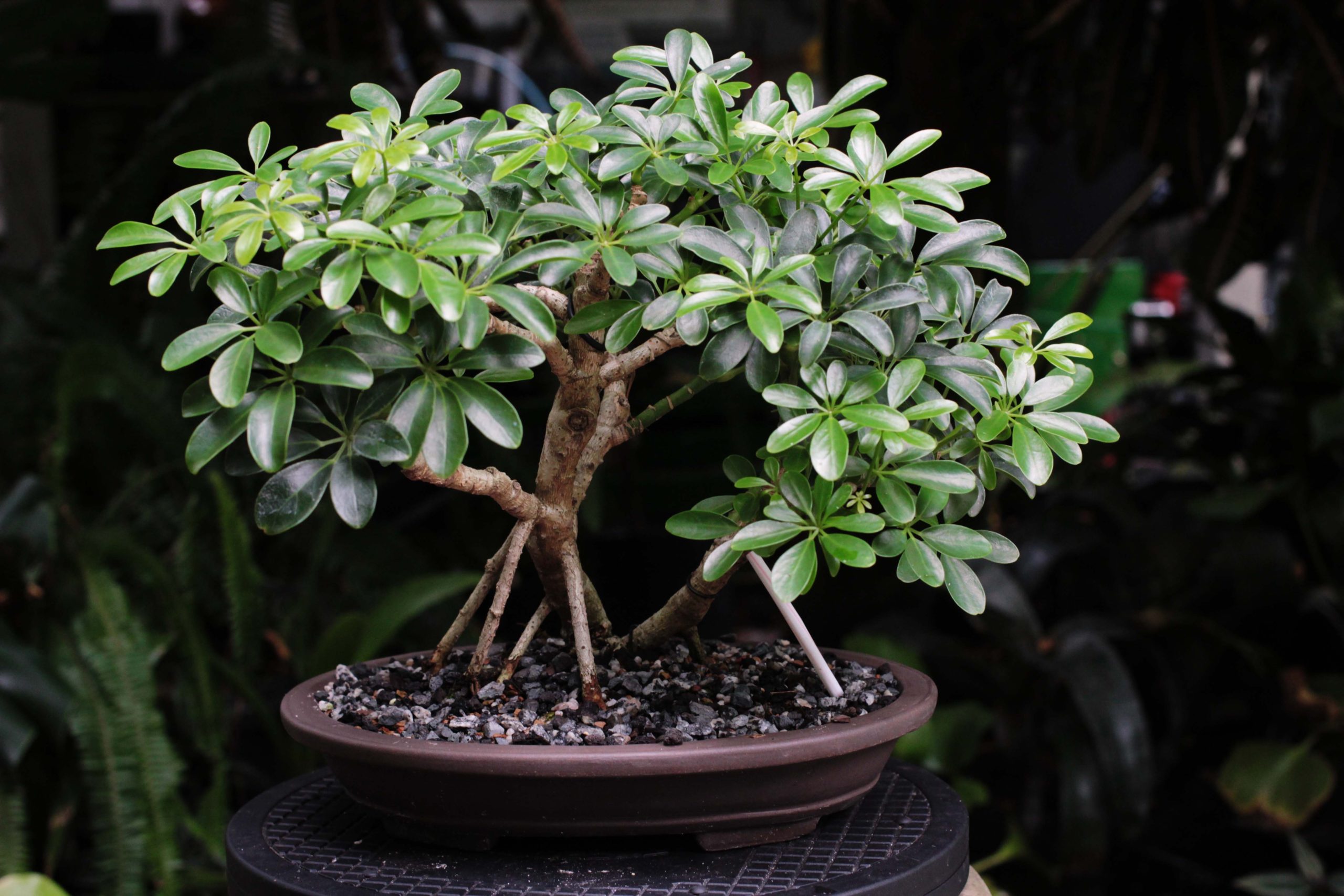
Pachypodium is classified as a poisonous palm tree, but its negative effect only manifests itself in direct contact with the milky sap, especially on wounds and abrasions. Therefore, after working with the plant, you must wash your hands with soap.
You also need to be careful with dracaena. Although it is a low-toxic species, it still poses a danger, especially for children and pets who like to taste everything. If you chew dracaena leaves even a little, it can cause vomiting, diarrhea, and disturbances in the gastrointestinal tract.
In general, among those indoor plants that are often planted at home, there are very few species that can cause serious harm to humans. What's the main thing? Be sure to wash your hands after working with the plant (or better yet, wear gloves), avoid contact of the juice with the skin and mucous membranes, and it is advisable not to eat it, even if you really want to :)


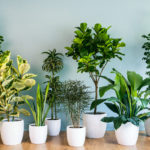


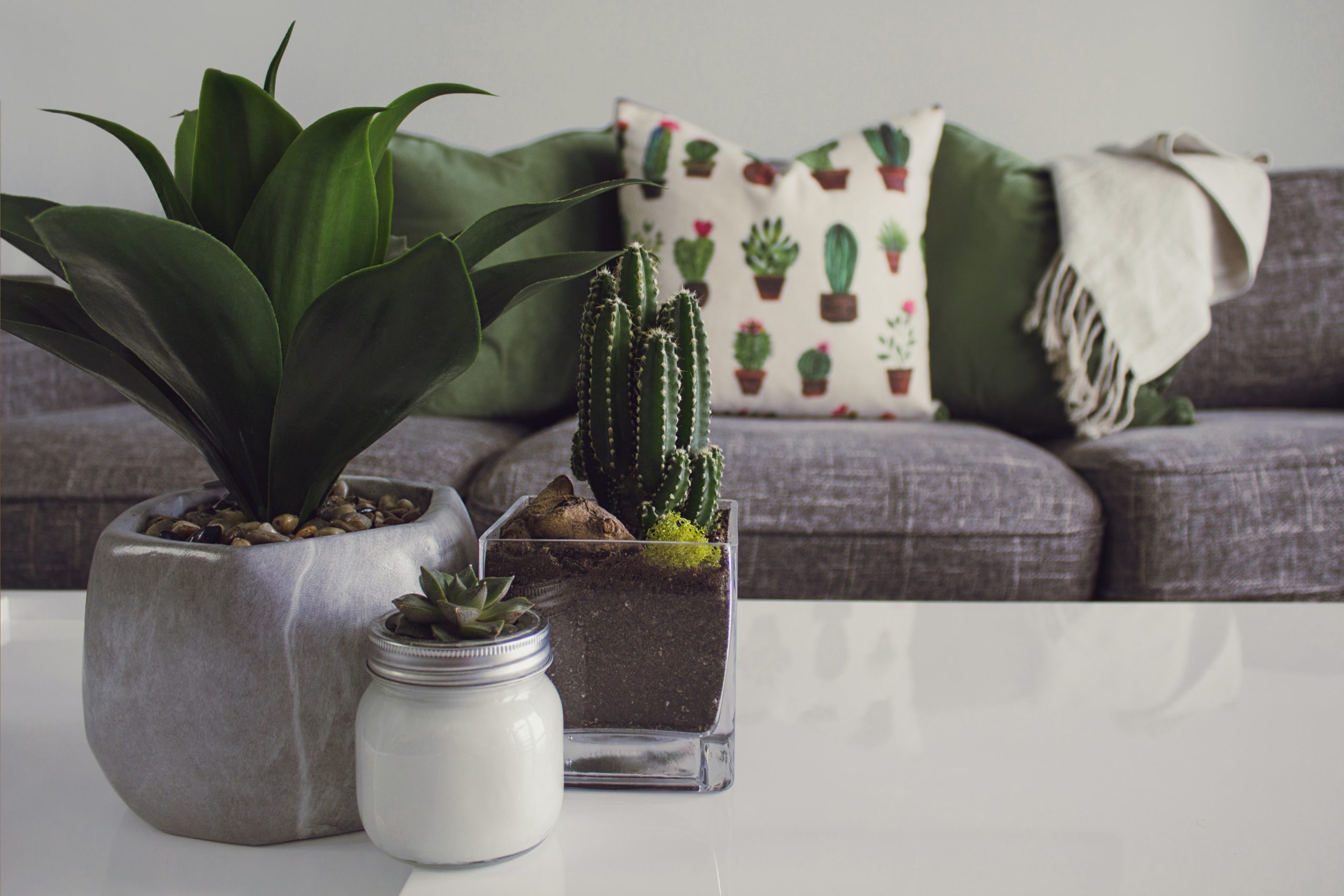

What kind of palm trees can you keep at home? Maybe there are poisonous ones too?